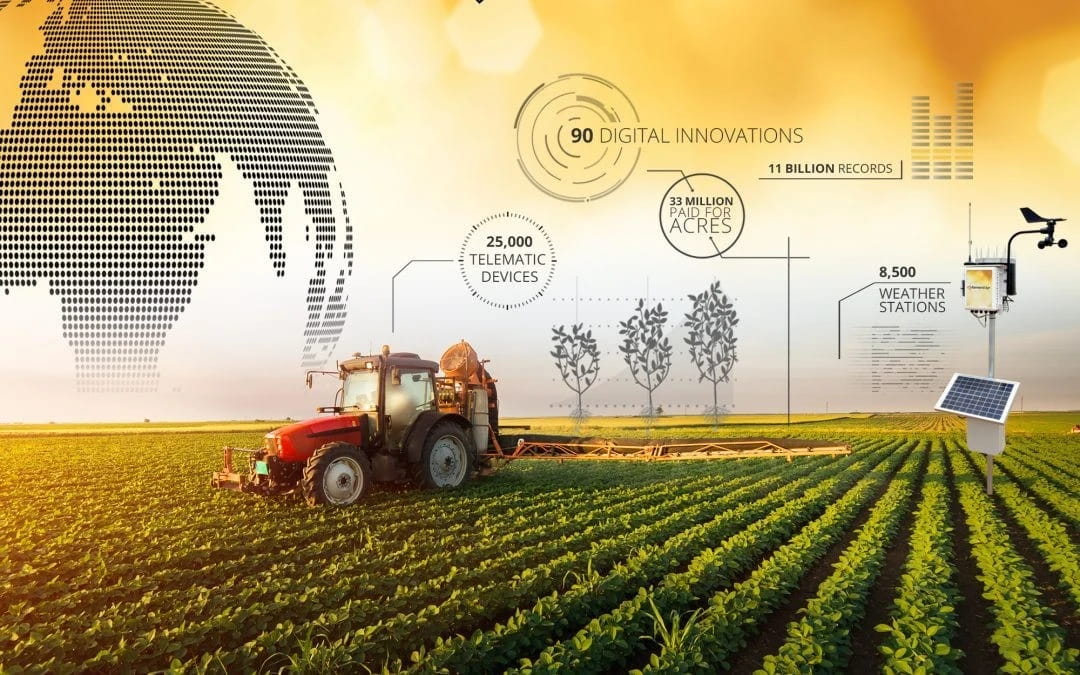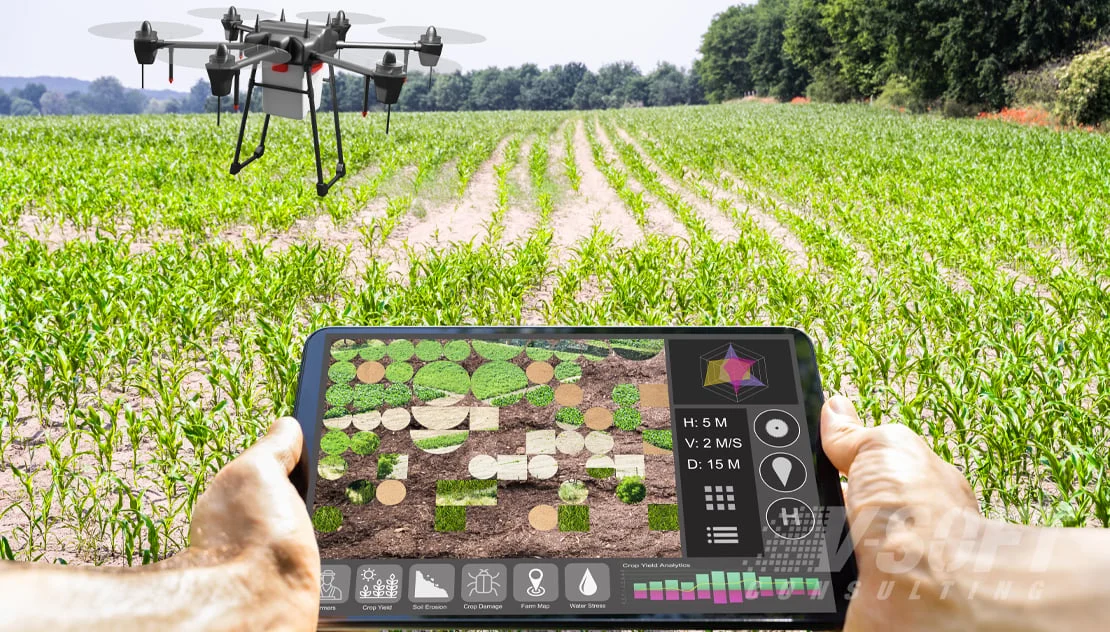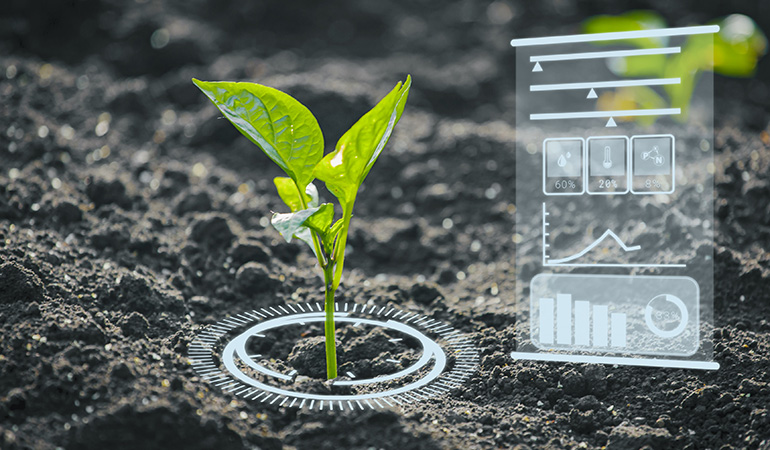Artificial Intelligence (AI) has gradually become an essential part of modern agriculture, transforming traditional farming practices and improving productivity. Understanding the history of AI in agriculture helps highlight how technology has evolved to support food security and sustainable farming.
What is AI in Agriculture?
AI in agriculture refers to the use of intelligent algorithms, machine learning, robotics, and data analytics to support decision-making, automate tasks, and optimize farming operations. It includes applications like precision farming, crop monitoring, pest control, and yield prediction.
How AI Evolved in Agriculture
The journey of AI in agriculture began with the introduction of basic computer models to assist in crop planning and soil analysis. Over time, advancements in computing power and data availability led to the development of AI-driven tools capable of real-time monitoring and predictive analysis.
Key AI Techniques Used
Machine Learning: Helps predict crop yields, detect diseases, and analyze soil health based on historical and real-time data.
Computer Vision: Used in drones and robots to monitor crops, detect pests, and assess plant health through image analysis.
Robotics: Enables automated planting, harvesting, and weeding, reducing manual labor and increasing efficiency.
Data Analytics: Assists farmers in making informed decisions about irrigation, fertilization, and pest control by processing large datasets.
Benefits of Using AI in Agriculture
AI improves crop management, reduces resource wastage, and enhances decision-making. It allows farmers to optimize inputs, increase yields, and reduce environmental impact. AI-powered systems also enable early detection of diseases and pests, preventing large-scale crop losses.
Limitations to Keep in Mind
AI in agriculture depends on reliable data, advanced equipment, and technical knowledge, which may not be accessible to all farmers, especially in developing regions. Initial costs and the need for ongoing system updates can also pose challenges.
Conclusion
The history of AI in agriculture shows a continuous shift towards smarter, data-driven farming practices. By combining AI technology with traditional agricultural knowledge, farmers can build more sustainable, efficient, and resilient food systems for the future.







Leave feedback about this